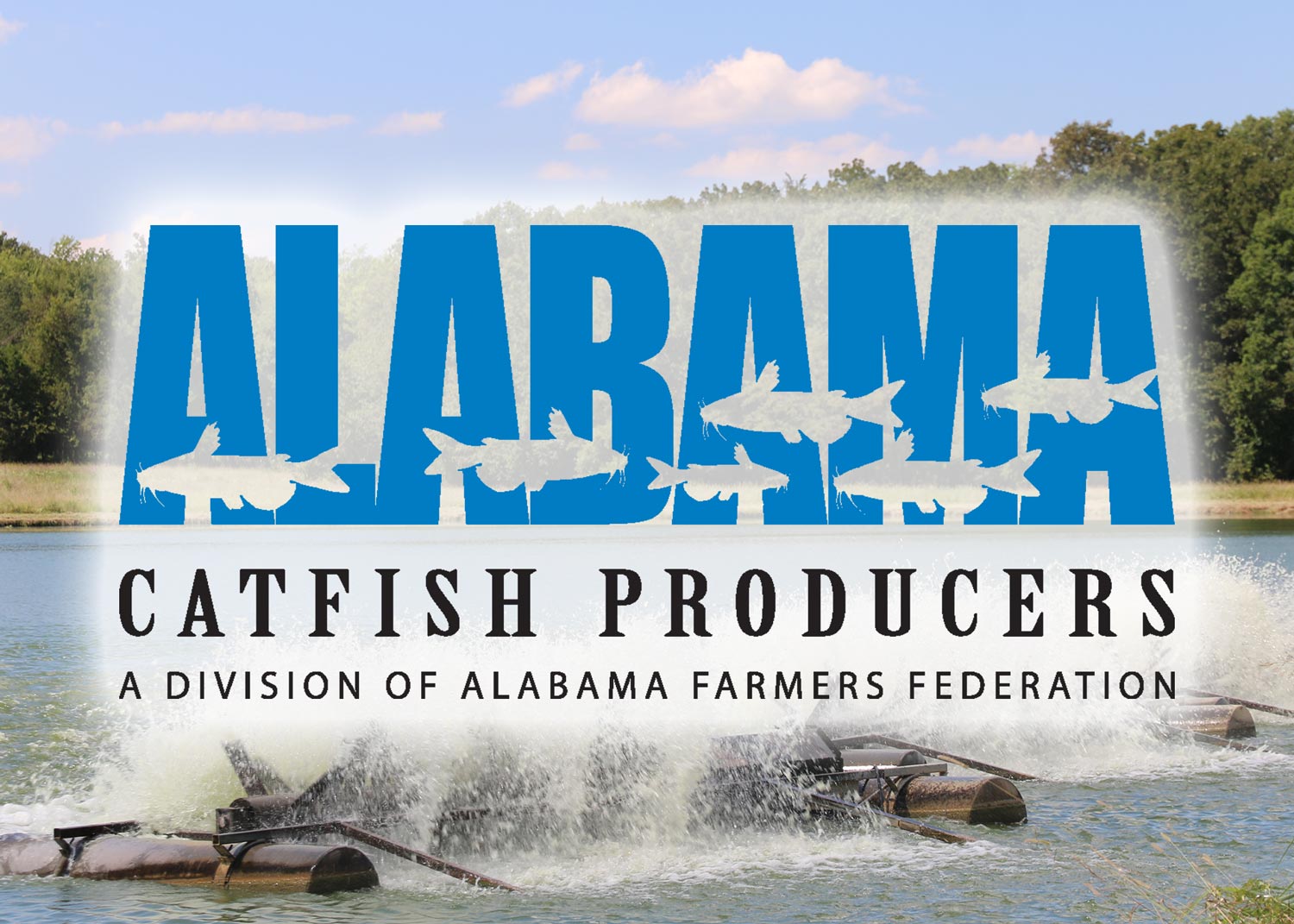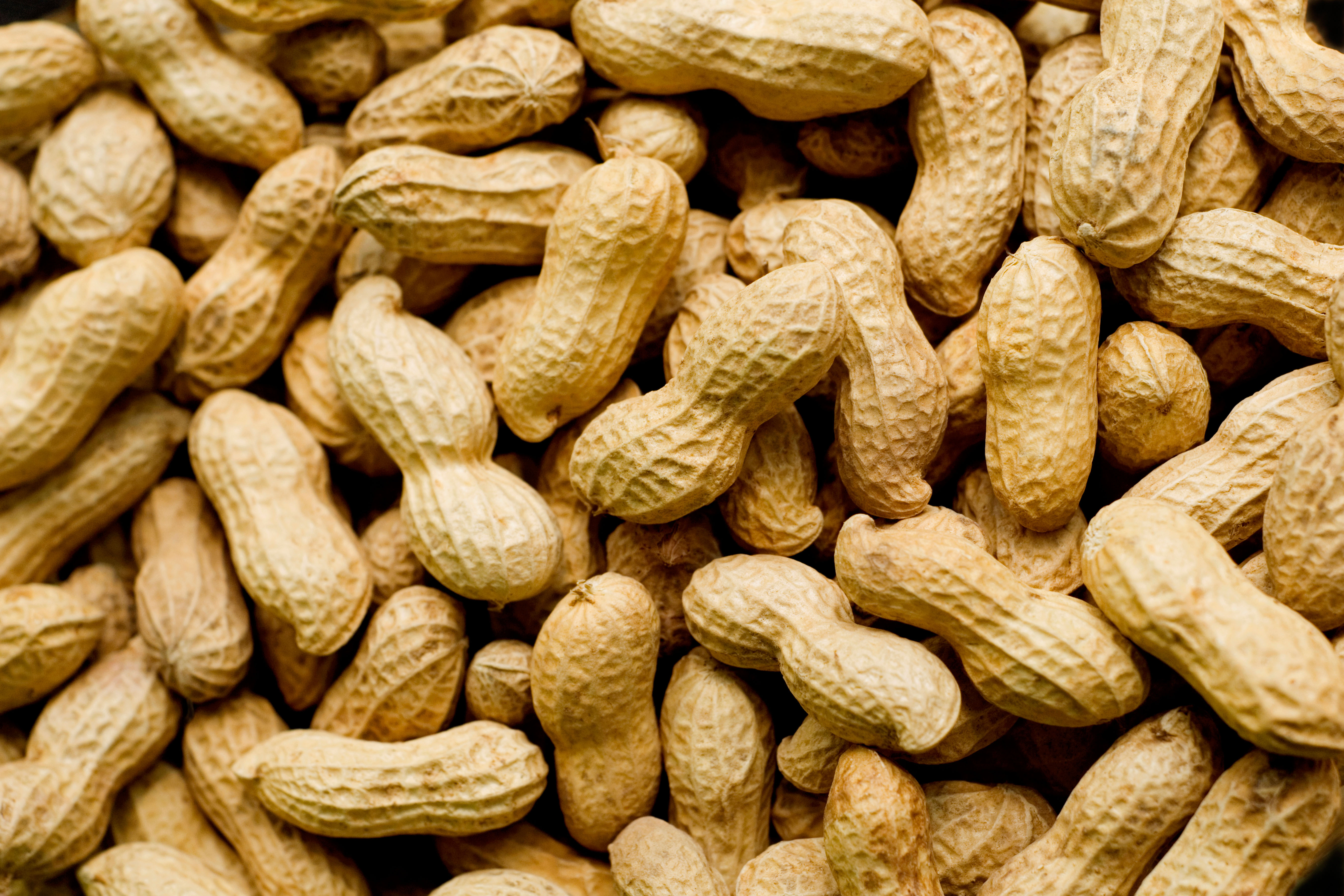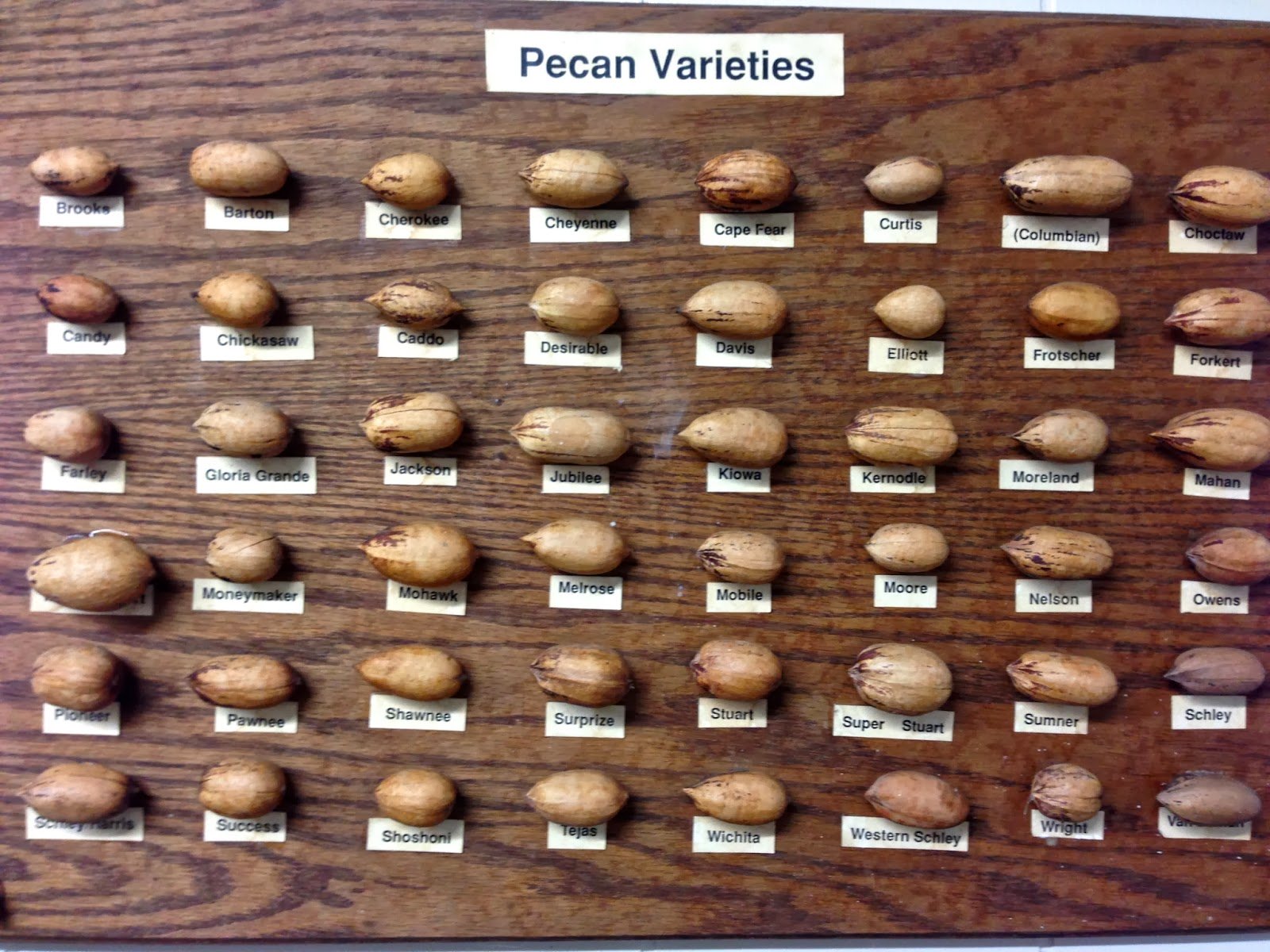Alabama Shrimp Farming
Alabama shrimp farming is still relatively new to this state, as it did not start until about 20 years ago, in the year 1999.
This unique and challenging new “farming” industry is all centered in and around west-central Greene County, Alabama.
The county seat is Eutaw, the largest city in the area, with three smaller towns nearby in the same area, Boligee, Fork Land, and Union.
To show how new this really is, as of 2018, there were only four active producers, and they own about 173 acres of different size farms to breed and grow this “inland” shrimp.
The total production so far has been about 300,000 pounds, and the live sale of shrimp has totaled more the $1 million dollars.
But it is a risk-reward type of business for these farmers, and as of the year 2015, the cost of production for the Alabama shrimp farming industry was about 2.30 per pound.
Purchasing these Asian shrimp costs between $2.25 ad $2.45 per pound, and this puts the farmers margin range quite low, so they have to get it right.
However, as challenging as it is, it can also be very rewarding if you look at areas like Texas in the south, and then the county of Ecuador.
For example, Texas leads the nation in the production of shrimp, with over 2,000 acres and over $ 6 million in production.
The country of Ecuador, on the other hand, has mastered this “farming”, as they raise a whopping 100 million pounds of shrimp per year.
But this is Alabama, and because of the climate and the location, the future of Alabama shrimp farming and its industry looks very promising.
The History of the Alabama Shrimp Farming
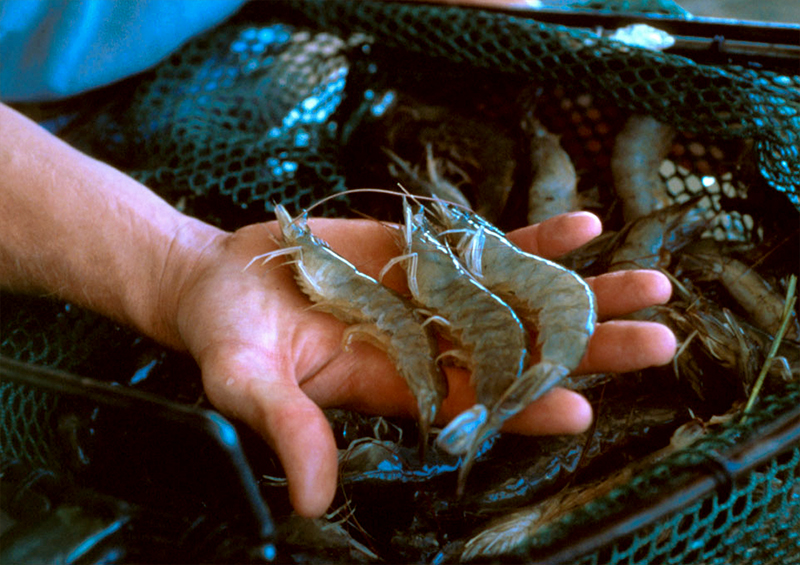 Shrimp Farming in Alabama
Shrimp Farming in AlabamaThe history of the Alabama shrimp farming all got its start in the year 2007, by a group of scientists for the Alabama Cooperative Extension System.
Thye began to recommend that any and all prospective shrimp producers test their water with Pacific white shrimp in aquariums before investing in ponds and moving ahead.
The reason for this was threefold, shrimp cultures with natural seawater, diluted seawater, as well as salty well water.
In 1999, catfish farmers Rafe Taylor and Richard Odom Jr. got it the action.
They begin to explore alternative species that would have a greater profit potential than catfish.
With the help and guidance of the shrimp researchers and extension personal at the University of Auburn, they stocked two former catfish ponds with baby shrimp. and the process of the Alabama shrimp farming had begun.
Over the summertime the mosquito-size baby shrimp they planted, called post-larvae, grew into commercial size jumbo shrimp.
This” first crop” averaged almost 16 shrimp per pound, and the two men were amazed.
They realized that they did not need full-strength seawater out of the ocean to grow the shrimp, so they started.
They built new ponds, dug new wells, and expanded their production the next year.
Their early success with culturing their shrimp inspired other farmers in eastern Greene County, but they soon realized there were some problems with these farms located more than 100 miles from the coast.
Rafe Taylor experienced a complete loss in his first pond, when a heavy rainfall diluted the ponds saltwater.
Richard Odom Jr. had good growth rates, but the survival rates of the shrimp were very low.
The surviving shrimp did grow, but the numbers did not look good enough to make it a commercial success.
More Testing for Alabama Shrimp Farming
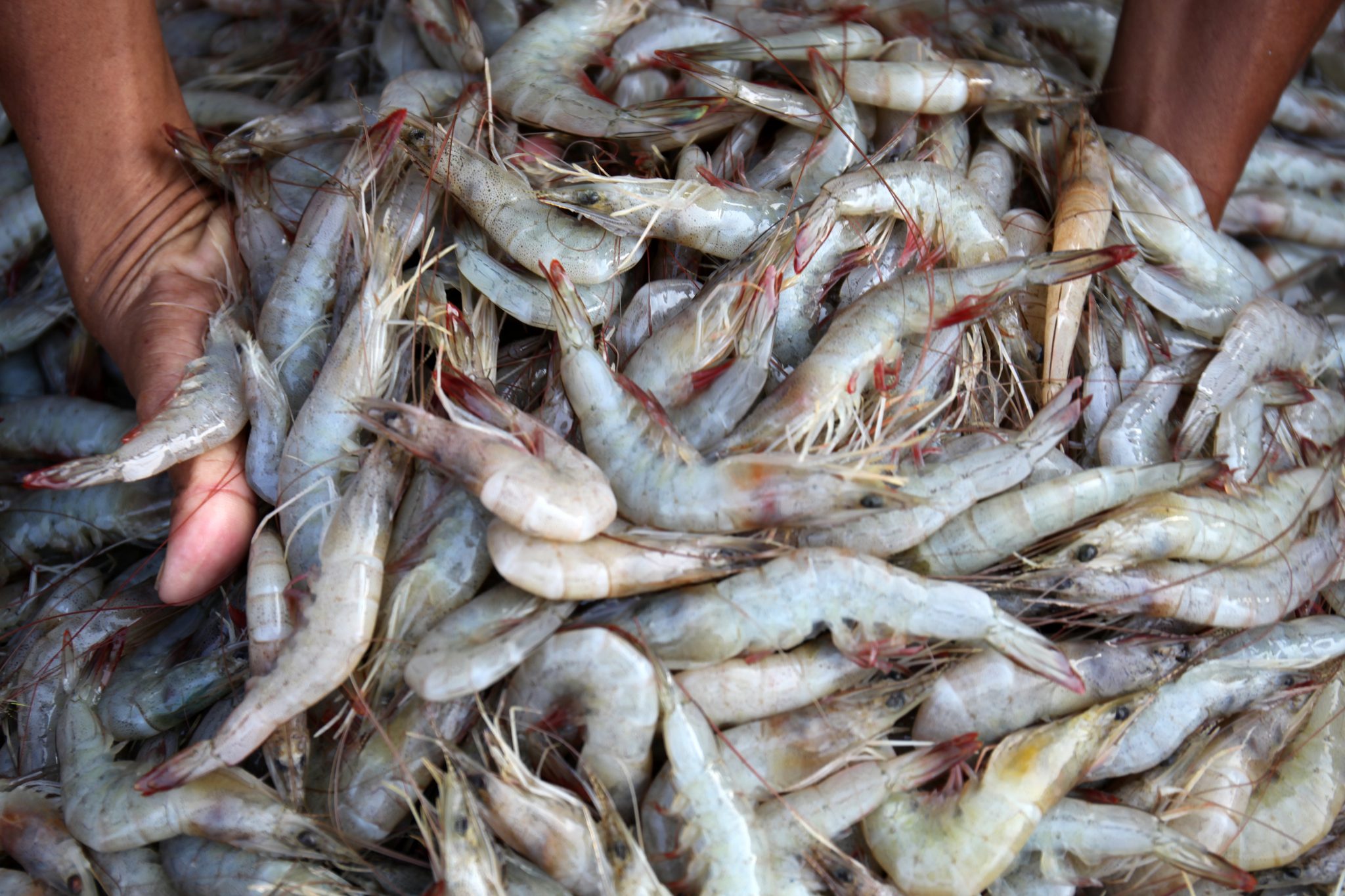 Good Shrimp Harvest
Good Shrimp HarvestAbout the same time as this was going on, an aquaculture specialist with the Alabama Cooperative Extension System, David Teichert-Coddington, also started to investigate inland shrimp farming.
He had done some research on commercial farms in Honduras and was retired from the University of Auburn.
He bought some land with H. Rudy Schmittou, also retired from Auburn, and in 2000, they constructed 32 acres of shrimp ponds.
They filled the ponds with diluted seawater and post-larvae shrimp, but most died, and the rest were extremely stressed.
Being former educators, they did some tests and discovered their water lacked the correct amounts of potassium, magnesium, as well as sulfur.
They added two popular land fertilizers, and this reduced their shrimp losses overnight.
With the help of Auburn University fisheries, they were able to determine the specific amounts of the two fertilizers to add to a pond.
The Challenges of Alabama Shrimp Farming
To be successful with this challenge, the water may need to be treated with fertilizers.
These scientists are still studying what role minor elements of seawater plays in the growth of shrimp in these inland waters, but it does look very promising.
The costs as well as the process is challenging, and here are some of both.
The average start-up cost for these “farmers’ must be at least 25 and 50 acres of land, and even in that part of the state, the average cost is about $10,000 per acre of land.
The major cost, however, is the pond construction, and it takes a very special design.
They have to be designed so the entire shrimp crop can successfully be removed when the pond is drained.
This is a much different process that the very successful catfish ponds in the same geographic area, which are very rarely drained.
If these ponds are not drained completely, large pockets of shrimp will get “stuck” in pockets of water in the pond and will result in a loss.
However, this is not the only challenge for these new Alabama shrimp farmers, as there are a lot of other expenses.
These expenses just to start including well drilling, aerators that need electrical installations, feed bins, as well a cooler to hold the shrimp once they are harvested.
There is also another major challenge, the size of the pond.
If the pond is larger than five-acres, it will present the farmer with both harvesting as well as marketing issues.
These inland shrimps have to be chilled rapidly to between 35 and 40 degrees after harvest, in order to maintain their quality.
More Challenges for Alabama Shrimp Farming
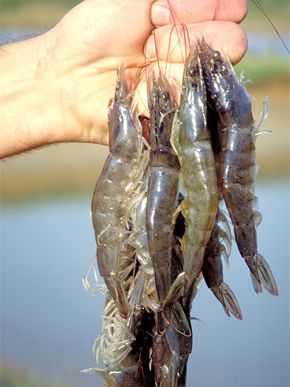 More Shrimp in Alabama
More Shrimp in AlabamaThere are, however, even more challenges for the Alabama shrimp farming industry, and they include the following.
There ponds need to be filled with water within a few weeks prior to stocking for one very important reason; predatory insects as well as wild fish.
Green sunfish are abundant in the state and are notorious for entering these new ponds.
They will usually enter through the ponds draining system, as well as certain insects such as dragonfly nymphs.
Dragonfly nymphs can very quickly decimate newly stocked shrimp if they are not protected.
These new “shrimp farmers” solved this problem however, as when the post-larvae shrimp grow just a little, these “nymphs” become their prey.
The Success of Alabama Shrimp Farming
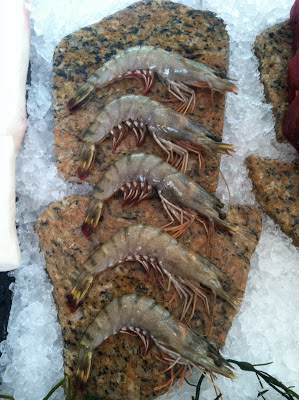 Shrimp for Sale at Local Market Stand
Shrimp for Sale at Local Market StandAlabama shrimp farming season runs from May to October, and post-larvae are generally purchased in April, and then acclimated in greenhouses or heated indoor enclosures.
They must then acclimate the young for several days to a week, before stocking them in their ponds.
They are then harvested in the months of September and October before the water temperature falls to 60 degrees, as they will die at 55 degrees.
The ponds are then drained completely, and the water is stored, and the shrimp are collected in sumps where they are separated with a screen in iced totes.
They are then marketed directly to the public on the farm, while other producers sell them to processors.
However, most farmers in Alabama sell their shrimp directly to locally owned restaurants and supermarkets, to keep it local.
Alabama shrimp farming is still new, growing, and learning, but it shows the how the people of in this state care about the land, their food, and their work.
References
http://encyclopediaofalabama.org/article/h-1302

Alabama Gift Store
Numerous Items for You and Your Family to Enjoy
See it here at the Gift Store
Copyright 2019-2023 Alabamabackroads.com
All Rights Reserved
